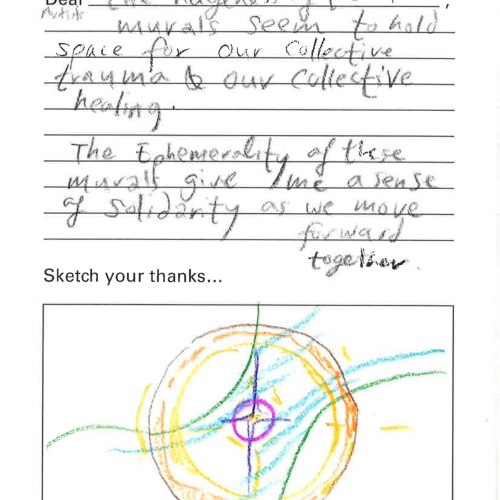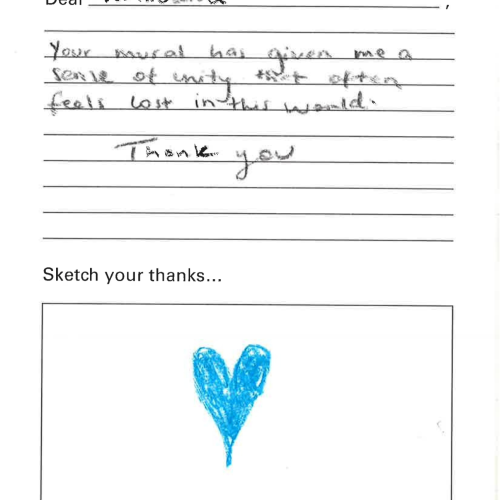Saying Thank You and Goodbye
By J. Attridge, UMFA communications coordinator
Since 2021, four incredible murals have adorned the walls of the G. W. Anderson Family Great Hall at the Utah Museum of Fine Arts. Bill Louis, Vaimoana Niumeitolu, Ella Rises, and the Roots Art Kollective designed murals to reflect the perspectives and interests of Utah communities following the events of 2020. In January of 2025, these murals came down to make way for a new installation. A change like this raises questions like: What happened to the murals? Are they just gone? What comes next? Could I still look at the murals somehow?
What happened to the Murals?
After gracing the walls of the UMFA for 1,202 days, the murals’ time on view came to an end. January 9, 2025 was the last day of the exhibition 2020: From here on out.
The de-installation process began with the Great Hall being partitioned off with plastic sheeting to protect the rest of the galleries. Extra care needed to be taken to ensure that no dust or paint particles could make their way into other parts of the Museum and damage the objects on view. Once the barriers were up, the walls of the Great Hall were then sanded down and re-painted white. This required special equipment and lifts to reach the top of the walls. The Great Hall is five stories high (or approximately five Ethnic Man statues stacked on top of each other)!
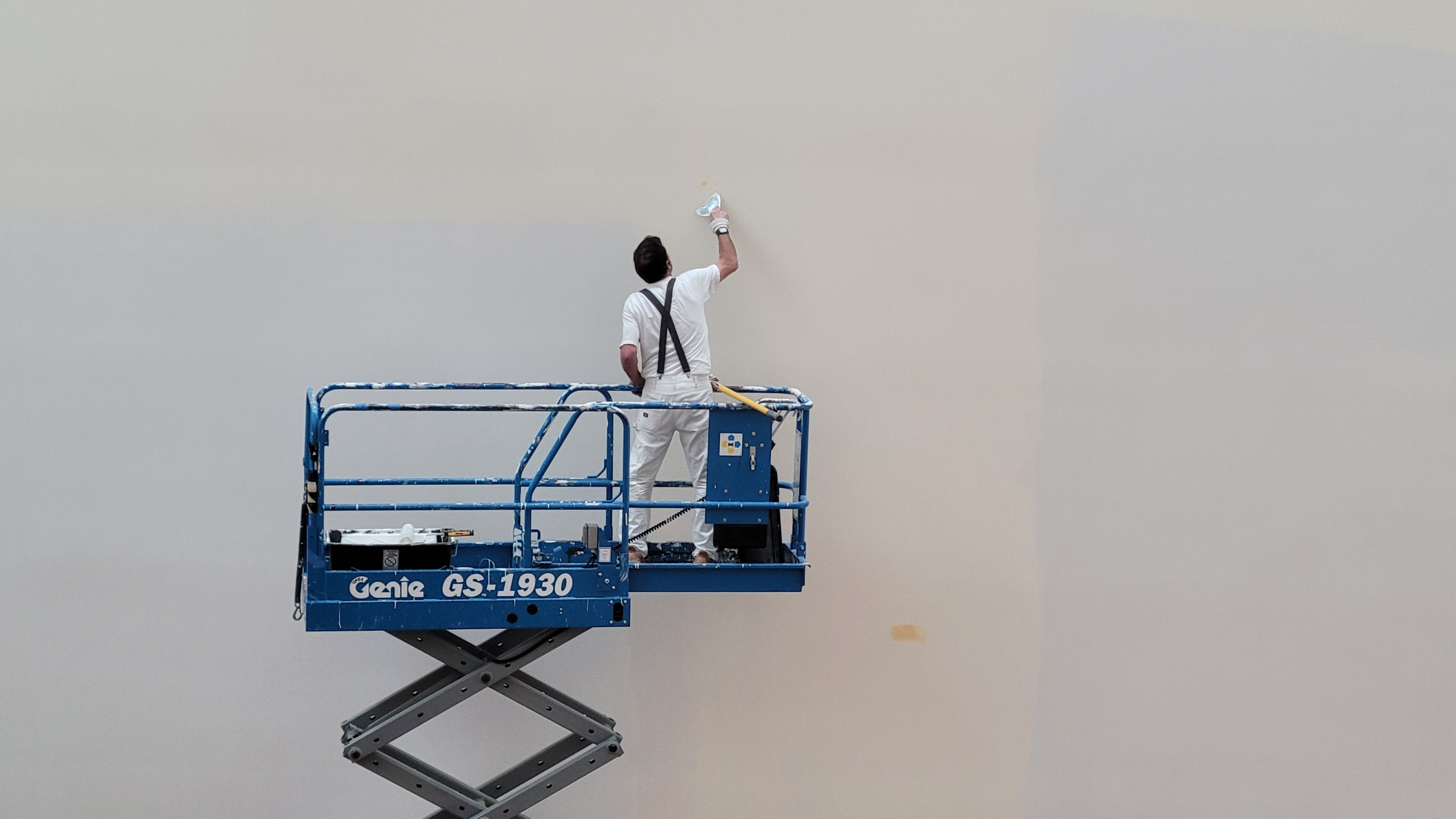
Wait, so the murals are just gone?
Yes and no. The physical murals are gone, but a thorough record of them will be kept by the UMFA. While it may seem callous to remove or paint over these incredible works of art, making way for the next piece of art is an integral part of a mural's life. Ron English, an artist and muralist based in Los Angeles, California, put it simply:
I don't believe Street Art is meant to be permanent. If the owner of the building wants it down, if someone paints over it to paint something new, it's all fine because it's fulfilled its purpose. Street Art is an experience, and then it's a photo, a You Are Not Here moment. These moments are meant to mark time, and to remark on times. And times change.
The murals are no longer in the Great Hall, but it’s not like they never existed. You can view an archived description of the exhibition, photos of the murals, and information about the artists who created them here.
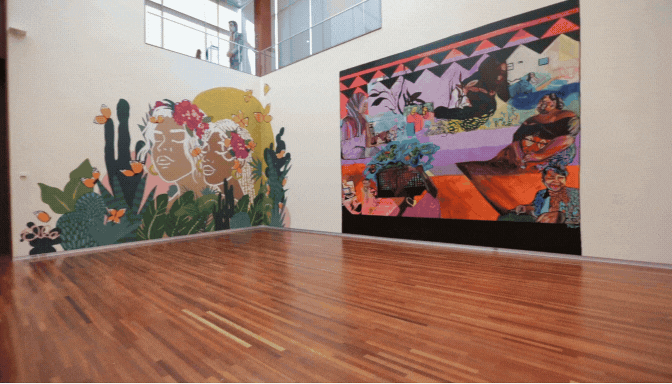
What is the lasting impact of the murals?
The murals were deeply loved. They instilled in us hope, awe, and a sense of connection. The UMFA’s Learning and Engagement department created a letter writing station in the Great Hall where visitors could reflect on what the murals mean to them and thank the artists for sharing their gifts with us. Read for yourself what the murals meant our community in these goodbye letters.
What’s Next?
Since 2013, the UMFA has commissioned contemporary artists to design a site-specific artwork that changes our experience of the G. W. Anderson Family Great Hall. Generally, these artworks stay for 2-3 years.

A new installation by artist Onishi Yasuaki is on view now in the Great Hall. The installation, Stone on Boundary, features 5,000 copper foils that are molded from river rocks in Osaka, Japan and Salt Lake City, Utah. The installation reflects Utah’s vast and varied landscape – from river stones in deep canyons to the towering peaks of the Wasatch and Oquirrh Mountains and the dynamic red rock formations in southern parts of the state. This work was designed in Onishi’s studio in Osaka, where Japan refined copper exports that supplied the world for over 200 years. Bringing these foils to Salt Lake City, home to the largest open-pit copper mine operating today, connects the two places through a shared material resource that has a profound effect on the world.
We are so grateful for what the murals have taught us, and we are excited for what Stone on Boundary will bring to the UMFA in the coming years!
Additional Reading and Resources:
- Listen to a collection of audio recordings of Utahns sharing their thoughts about the year 2020 and their hopes for the future.
- A Reflection by Vaimoana Niumeitolu
- A Q&A with the Artists of Roots Art Kollective

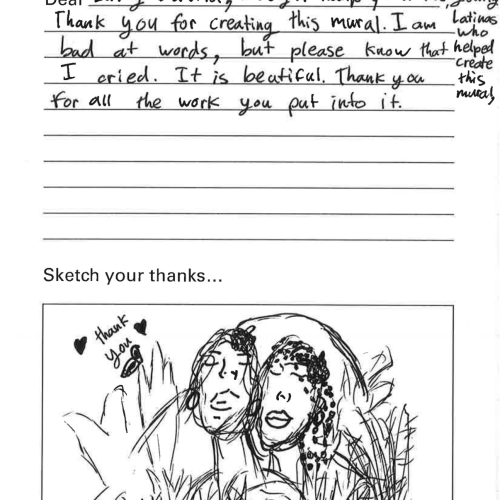
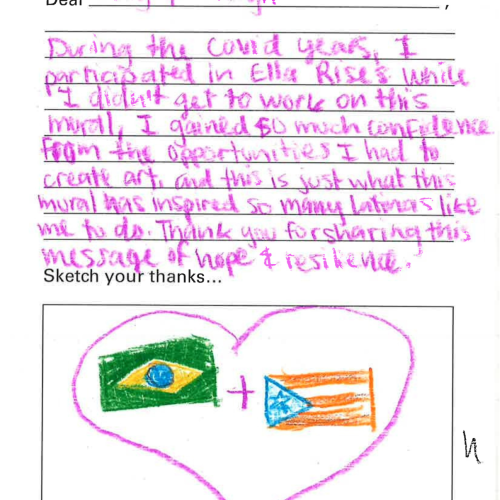
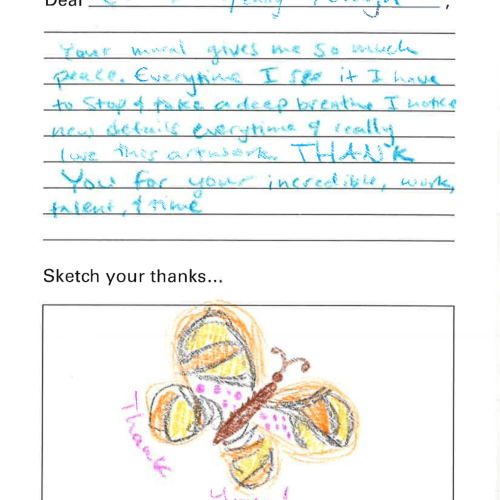
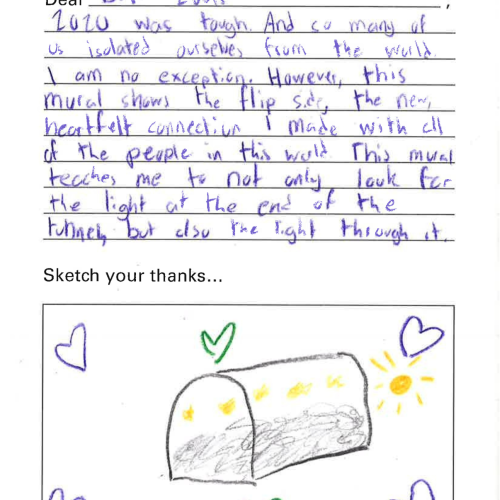
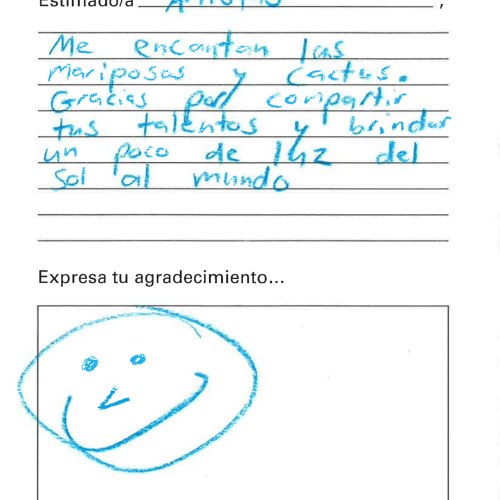
![Mural letter 8 A letter written in a child's handwriting. The letter is addressed to "Wolrd peice" and reads "Dear Worced peice. i Love you so prettey so peicefall, bre so pettey i [heart] you. i [heart] you." There is a drawing of two hands holding a globe.](/sites/default/files/styles/thumbnail_wide/public/2025-02/8.png?itok=2nwLsXYp)
